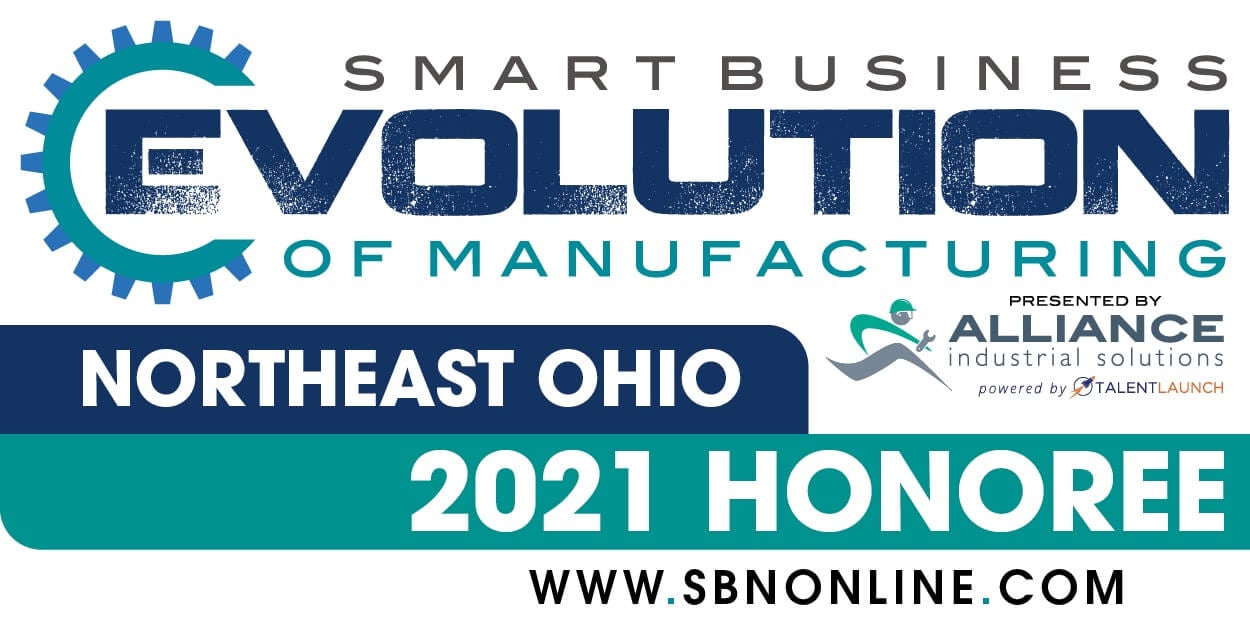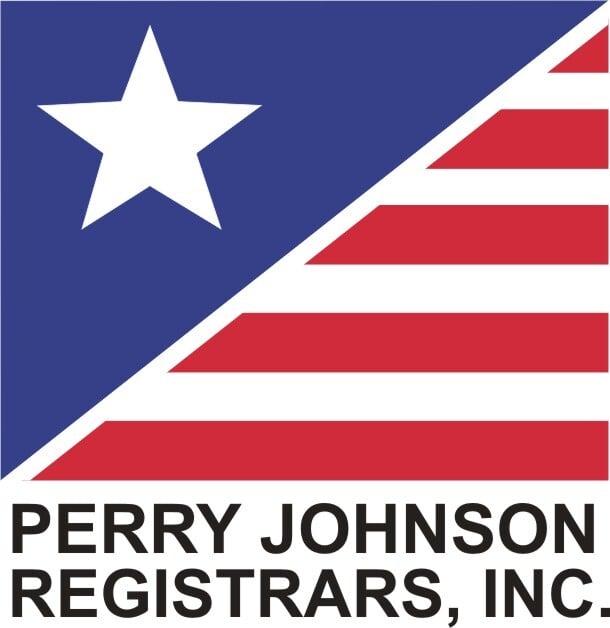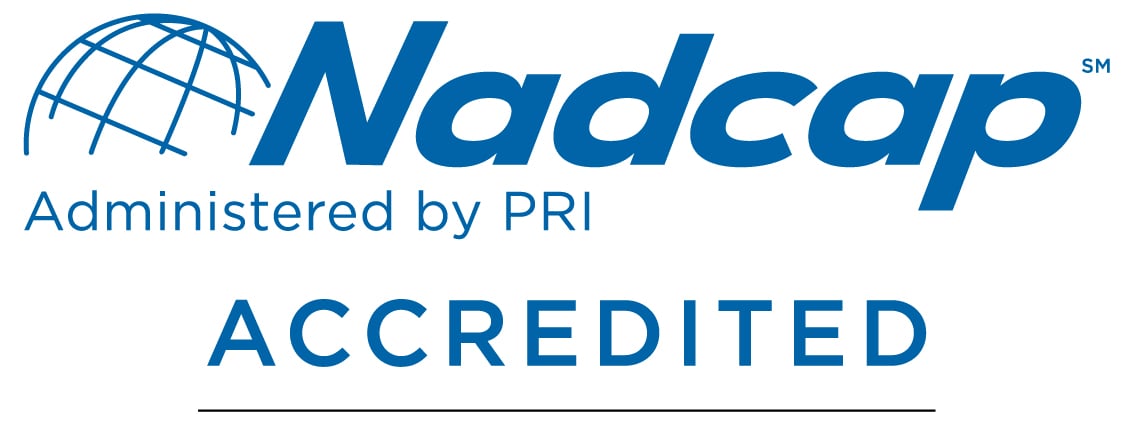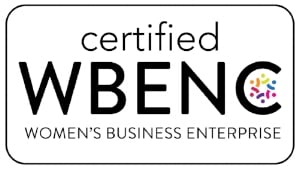3D printing has been receiving a lot of attention by the media and press in the past couple of years. This has been great for our industry, as it is well deserved for the technology. Yet, at times, the attention can be over zealous, and some general facts stated may not be completely true or reported properly.
This blog is the first of a two part series to better educate you the reader, and correct some of the 3D printing misconceptions. Our intent is that we can better educate you so that you know what to look for when 3D printing parts. It is easy for someone new to 3D printing to get inundated with the technology. Our hope is that this blog series will be a guide to help you down the 3D printing path.
3D Printing Applications are Infinite
3D printing does allow one to fabricate more complex parts than through traditional manufacturing processes. But one is still limited on aspects like the materials, and tolerances of the machines. Although there have been great advances in material capabilities, part accuracy, and part application, 3D printed parts in certain applications are not useful as parts fabricated in other traditional manufacturing processes (i.e. CNC machining, injection molding, cast urethane, etc.). It is important to tailor the 3D printing process and material to the application of the part.
3D Printing Design is Easy
One cannot simply take a design program and with a few clicks of their mouse create a part. Designers have to consider the end use of the product, constraints of the materials and processes. One must also be aware of the interaction of the mating parts and the assembly of the product.
All CAD files are ready to be 3D Printed
Most 3D printers require a file to be in an stl format, and fortunately most design programs allow one to save the design in the stl format. At times the design program may not properly convert the file to the stl format. It is important for one to be aware that the file converts properly to an stl. In addition, a file should be saved at a high resolution. This will help ensure that the 3D printed part is not faceted.
Next week, we will discuss more on 3D printing vs. traditional manufacturing processes, 3D printing cost, and 3D printing timing.
We hope this first of two series has been informative. Feel free to contact us so that we can be a valuable resource for your needs.
Click here to learn more about our 3D printing capabilities.








.jpg)

.png)

.png)

